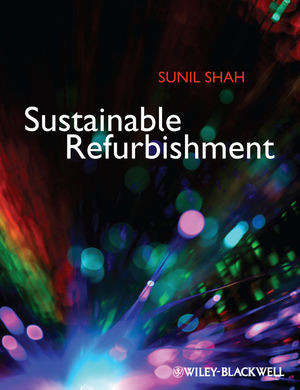

Most ebook files are in PDF format, so you can easily read them using various software such as Foxit Reader or directly on the Google Chrome browser.
Some ebook files are released by publishers in other formats such as .awz, .mobi, .epub, .fb2, etc. You may need to install specific software to read these formats on mobile/PC, such as Calibre.
Please read the tutorial at this link: https://ebookbell.com/faq
We offer FREE conversion to the popular formats you request; however, this may take some time. Therefore, right after payment, please email us, and we will try to provide the service as quickly as possible.
For some exceptional file formats or broken links (if any), please refrain from opening any disputes. Instead, email us first, and we will try to assist within a maximum of 6 hours.
EbookBell Team

4.1
20 reviewsFacilities managers have a key role in improving and maintaining a building’s sustainability credentials over its whole life – through benchmarking and developing improvement strategies, energy efficiency measures and installation of low carbon technologies, as well as through waste minimisation and appropriate material use.
The first part of the book gives the context, providing the structure and linkage between the other chapters, together with an overview on sustainable development and refurbishment projects separately and the value gained from a sustainable refurbishment.
Part 2 details the regulatory and financial drivers, together with market pressures, and provides an overview of where this is leading together with the implications for sustainable refurbishment.
Part 3 provides technical support on carbon measures, helping to determine the feasibility of good practices as part of the refurbishment. Included is a review of energy efficiency, renewable and low carbon technologies and embodied carbon to enable lifecycle carbon calculations, together with the necessary behavioural change aspects needed to embed the changes. Linkages and benefits between the technologies will be highlighted.
Part 4 reviews refurbishment from a wider environmental perspective, understanding the challenges and opportunities that exist for particular developments from a materials, water, biodiversity and transport perspective.
Throughout the book, checklists are provided on typical activities and good practice that should be performed. These are expanded through relevant case studies and examples to show-case previous good practices and lessons learnt.
The book is structured to allow a matrix approach, with Parts 3 and 4 providing the technical information necessary to deliver a sustainable refurbishment; with sector relevance and best practice with case studies throughout the book.
Content: